How To Clean Outboard Engine Cowling? 8 Easy Steps
Are you looking for How To Clean Outboard Engine Cowling? It’s a question that many boat owners ponder. The engine cowling, the external shell of your outboard motor, is exposed to harsh marine environments. Regular cleaning is not just about aesthetics; it’s about preserving the engine’s integrity and performance. The process involves using the right cleaners, applying gentle washing techniques, and regular inspections to spot any issues early on.
Key Takeaways
- Regular Cleaning: Ensures longevity and optimal performance.
- Use of Specific Cleaners: Select cleaners that are safe for your engine cowling.
- Gentle Washing Techniques: Protects the cowling from damage.
- Inspection During Cleaning: Identifies potential issues early.
- Protection Post-Cleaning: Use of protectants to maintain the cowling’s condition.
How To Clean Outboard Engine Cowling?
Cleaning the outboard engine cowling is a critical part of boat maintenance. It not only keeps the boat looking good but also extends the life of the engine by preventing corrosion and wear. Here’s a detailed guide on how to clean an outboard engine cowling:
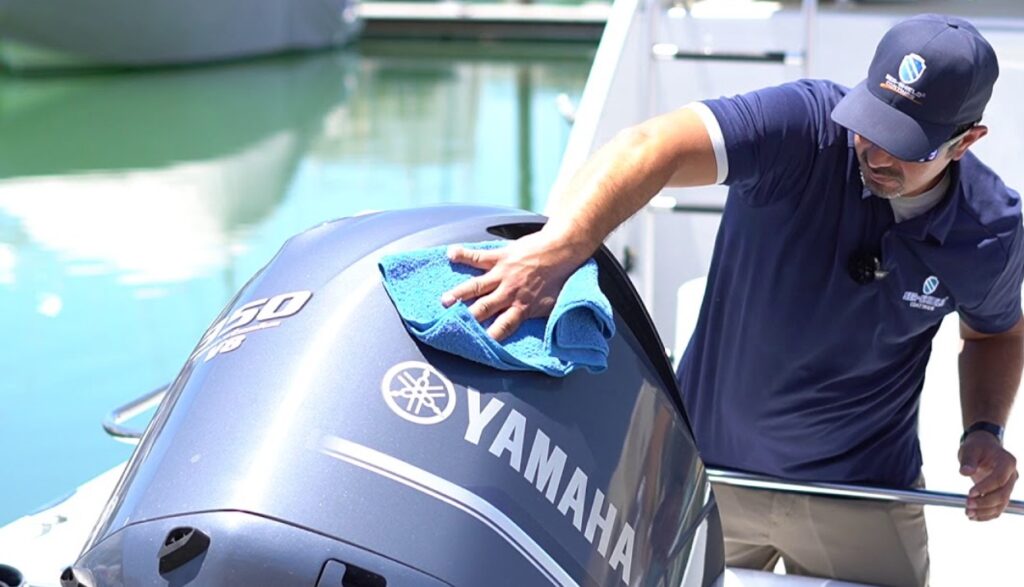
- Gather Necessary Supplies:
- Marine-Grade Soap/Cleaner: Choose a cleaner specifically designed for use on boats.
- Soft Cloth or Sponge: A non-abrasive material is essential to avoid scratching the cowling.
- Soft Bristle Brush: For areas with more stubborn grime.
- Hose with Fresh Water: For rinsing the cowling.
- Protective Wax or Coating: To apply post-cleaning for protection.
- Bucket: To mix water and soap.
- Rinse the Cowling:
- Begin by rinsing the cowling with fresh water using a hose. This step removes loose dirt, salt, and debris, making the cleaning process more effective and preventing scratching during scrubbing.
- Apply Cleaner:
- Mix the marine-grade soap with water in a bucket following the manufacturer’s instructions.
- Apply the soapy solution to the cowling using a soft cloth or sponge. For areas with tougher stains, use a soft-bristle brush, but do so gently to avoid scratching the surface.
- Scrub Gently:
- Gently scrub the surface of the cowling. Pay extra attention to areas with more dirt build-up. It’s crucial to be gentle to preserve the integrity of the paint and finish of the cowling.
- Rinse Thoroughly:
- After scrubbing, rinse the cowling thoroughly with fresh water. Ensure all soap and cleaning residue is washed off, as leftover soap can cause streaks or spots.
- Dry the Cowling:
- Dry the cowling with a clean, soft towel or let it air dry. Drying prevents water spots and ensures that the protectant or wax adheres properly in the next step.
- Inspect the Cowling:
- After cleaning, inspect the cowling for any signs of damage like cracks or chips. Identifying and addressing these issues early can prevent more significant problems down the line.
- Apply Protective Wax or Coating:
- Once the cowling is clean and dry, apply a marine-grade wax or protective coating. This step is vital for protecting the cowling from UV rays, salt, and dirt, making future cleaning easier.
- Regular Maintenance:
- Establish a regular cleaning routine, especially after outings in saltwater. Consistent maintenance prevents the build-up of salt and grime and extends the life of your engine cowling.
Following these steps will ensure your outboard engine cowling is not only clean but also well-maintained, thereby enhancing the overall performance and longevity of your boat’s engine.
Selecting the Right Cleaning Products
Understanding the Importance of Suitable Cleaners
Choosing the right cleaning products is vital. Not all cleaners are safe for use on engine cowlings. Some may contain harsh chemicals that can damage the paint or corrode the material.
It’s essential to opt for marine-grade cleaners designed specifically for outboard engines. These products efficiently remove salt, grime, and other deposits without harming the cowling’s surface.
Best Products for Cowling Cleaning
A range of products on the market is tailored for this task. Look for cleaners that promise to be gentle on the surface yet effective against tough stains. Brands like Star Brite and 3M offer excellent options. Always read labels and follow instructions to ensure the best results.
Step-by-Step Cleaning Process
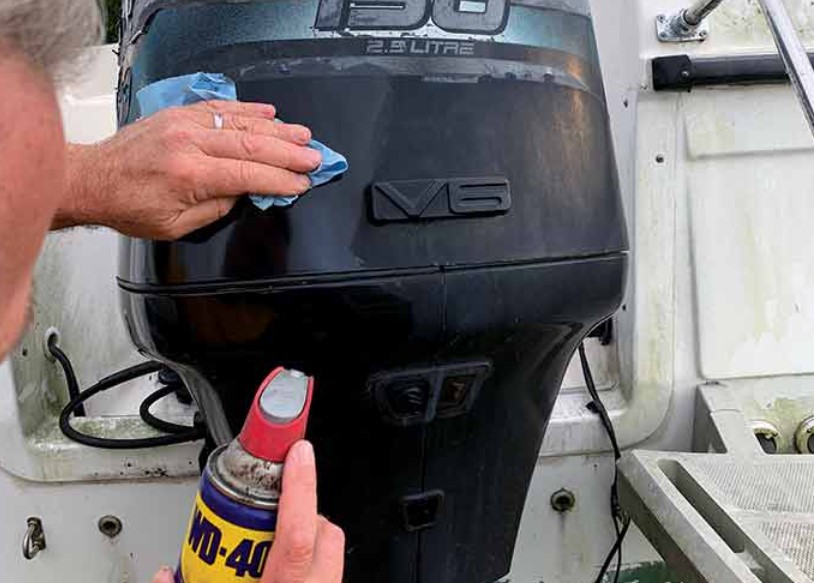
Initial Rinse and Application
Begin by rinsing the cowling with fresh water to remove loose dirt. Then, apply the chosen cleaner according to the manufacturer’s instructions. This usually involves spraying or wiping the cleaner onto the surface.
Scrubbing and Rinsing
Using a soft cloth or sponge, gently scrub the cowling to lift dirt and stains. It’s important to be gentle to avoid scratching the surface. After scrubbing, rinse the cowling thoroughly with fresh water to remove all traces of the cleaner.
Inspecting While Cleaning
Identifying Potential Issues
While cleaning, it’s an opportune time to inspect the cowling for any cracks, chips, or other damages. Early detection of such issues can save significant repair costs down the line. Look for signs of wear and tear that might indicate underlying problems.
Protecting the Cowling Post-Cleaning
Applying Protective Coatings
After cleaning, applying a protective coating is advisable. Products like wax or silicone sprays add a protective layer, shielding the cowling from UV damage and reducing the adherence of dirt and salt. Regular application of these protectants keeps the cowling in top condition.
Regular Maintenance Schedule
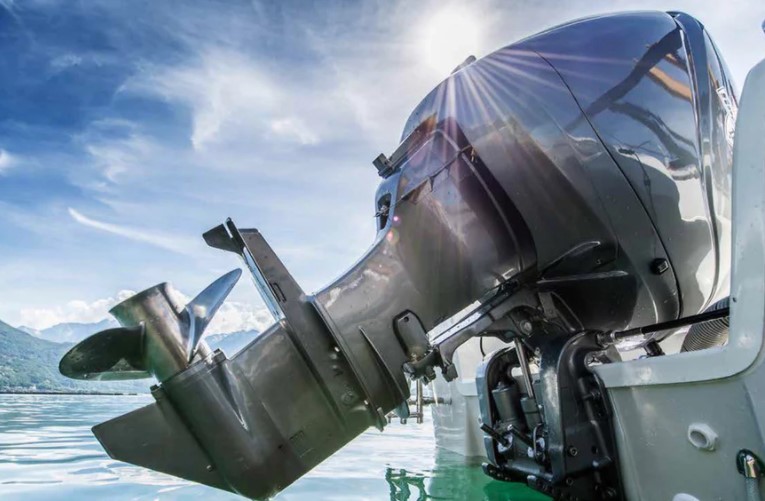
Importance of Consistent Cleaning
Establishing a regular cleaning schedule is crucial. It’s recommended to clean the cowling after every outing, especially in saltwater conditions. Consistent cleaning prevents the buildup of salt and grime, which can lead to corrosion over time.
Advanced Cleaning Techniques
Dealing with Stubborn Stains
For stubborn stains, such as oil or heavy salt deposits, specialized techniques may be required. Products like degreasers or salt removers can be effective. In some cases, slightly abrasive pads can be used, but extreme caution is necessary to avoid surface damage.
How Do You Get Scratches Out Of An Outboard Cowling?
Removing scratches from an outboard cowling requires a careful approach to avoid further damage. For light scratches, a rubbing compound specifically designed for marine use is effective.

Gently apply the compound with a soft cloth in a circular motion over the scratched area. For deeper scratches, you may need to use a fine-grit wet sandpaper, followed by the application of a rubbing compound and marine-grade polish to restore shine.
It’s crucial to seal the area with a wax or protectant afterward to prevent corrosion. Always test the chosen method on a small, inconspicuous area first to ensure it doesn’t damage the finish.
Can I Use CLR On An Outboard Motor?
CLR (Calcium, Lime, Rust remover) is a potent cleaning agent, but it should be used with caution on an outboard motor. CLR can effectively remove hard water stains, rust, and calcium deposits, but it’s acidic and can potentially damage the motor’s finish or corrode metal parts if not used correctly.
If using CLR, apply it sparingly and avoid letting it sit on the surface for too long. Always thoroughly rinse the area with fresh water after application. It’s advisable to consult your outboard’s manufacturer guidelines before using CLR or similar products.
What Can I Use To Clean My Outboard Motor?
Cleaning an outboard motor effectively while ensuring its longevity involves using the right products. For general cleaning, a marine-grade soap mixed with fresh water is safe and effective.
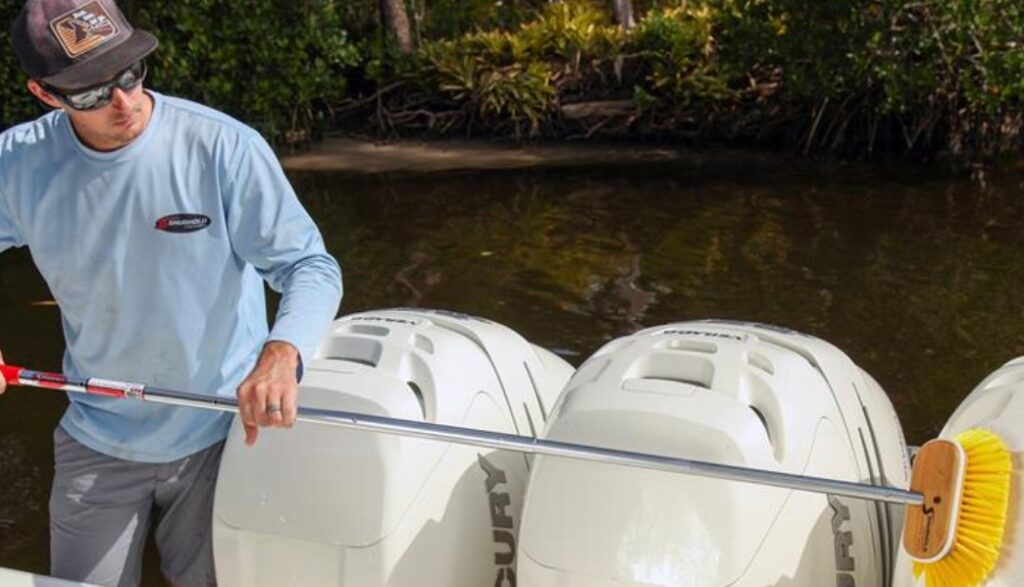
For tougher stains or salt deposits, specialized marine degreasers and salt removers are recommended. Always avoid harsh chemicals or abrasive materials that could damage the motor’s finish.
After cleaning, rinse the motor thoroughly with fresh water to remove any soap residue. Regular use of a protectant or wax after cleaning can help maintain the motor’s appearance and prevent corrosion.
Conclusion
A clean outboard engine cowling is not just about aesthetics; it’s a critical component of overall engine maintenance. Regular, careful cleaning prolongs the life of the engine, prevents corrosion, and ensures optimal performance.
By selecting the right cleaning products, employing gentle techniques, and applying protective coatings, your engine cowling will remain in excellent condition, reflecting well on the care you take with your marine equipment.
Top FAQ’s
How can I prevent scratches on my cowling while cleaning?
To prevent scratches, avoid using abrasive materials or scrubbers. Always use soft cloths or sponges, and apply gentle pressure while cleaning. If using a brush, ensure it has soft bristles. Regular waxing can also help protect the surface from scratches.
Should I clean the inside of the cowling?
Yes, cleaning the inside of the cowling is important. Dust, salt, and grime can accumulate inside, potentially affecting the engine. Ensure the engine is off and cool before cleaning, and be cautious around electrical components.
How do I apply a protective coating to the cowling?
After cleaning and drying the cowling, apply a marine-grade wax or silicone spray evenly over the surface. Use a clean, soft cloth to buff the coating, creating a protective layer that helps repel water, salt, and UV rays.
What kind of cloth should I use to clean the cowling?
Use a soft, non-abrasive cloth or sponge for cleaning the cowling. Microfiber cloths are a great option as they are gentle on surfaces and effective at trapping dirt and grime.

Welcome to the exhilarating world of Matt Rex, a professional car racer turned renowned vehicle enthusiast. Immerse yourself in his captivating blog as he shares heart-pounding adventures, expert reviews, and valuable insights on cars, trucks, jets, and more. Fuel your passion for speed and discover the beauty of vehicles through Matt’s engaging stories and meticulous expertise. Join the ever-growing community of enthusiasts who find inspiration and expert advice in Matt Rex’s blog—a digital hub where the thrill of speed meets the pursuit of knowledge.




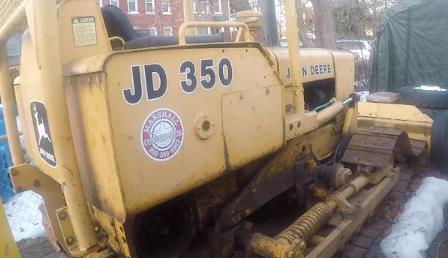
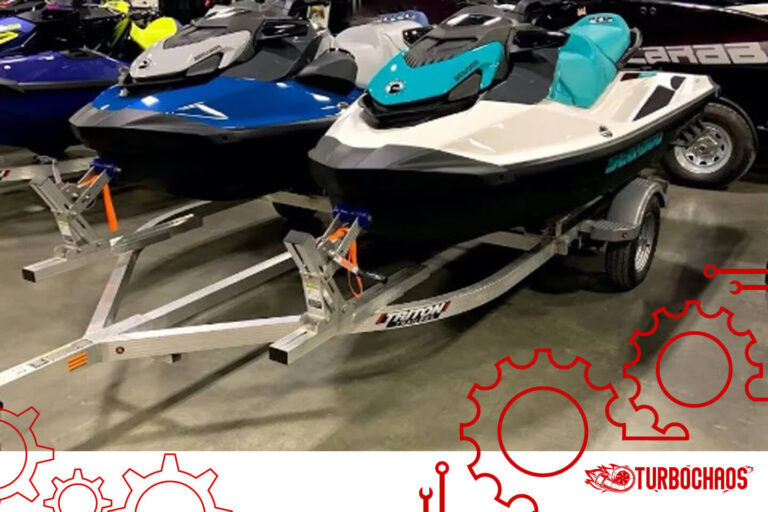
![Can A Bad PCV Valve Cause Engine Knock? [All Reasons]](https://www.turbochaos.com/wp-content/uploads/2023/11/Can-A-Bad-PCV-Valve-Cause-Engine-Knock-768x550.jpg)
